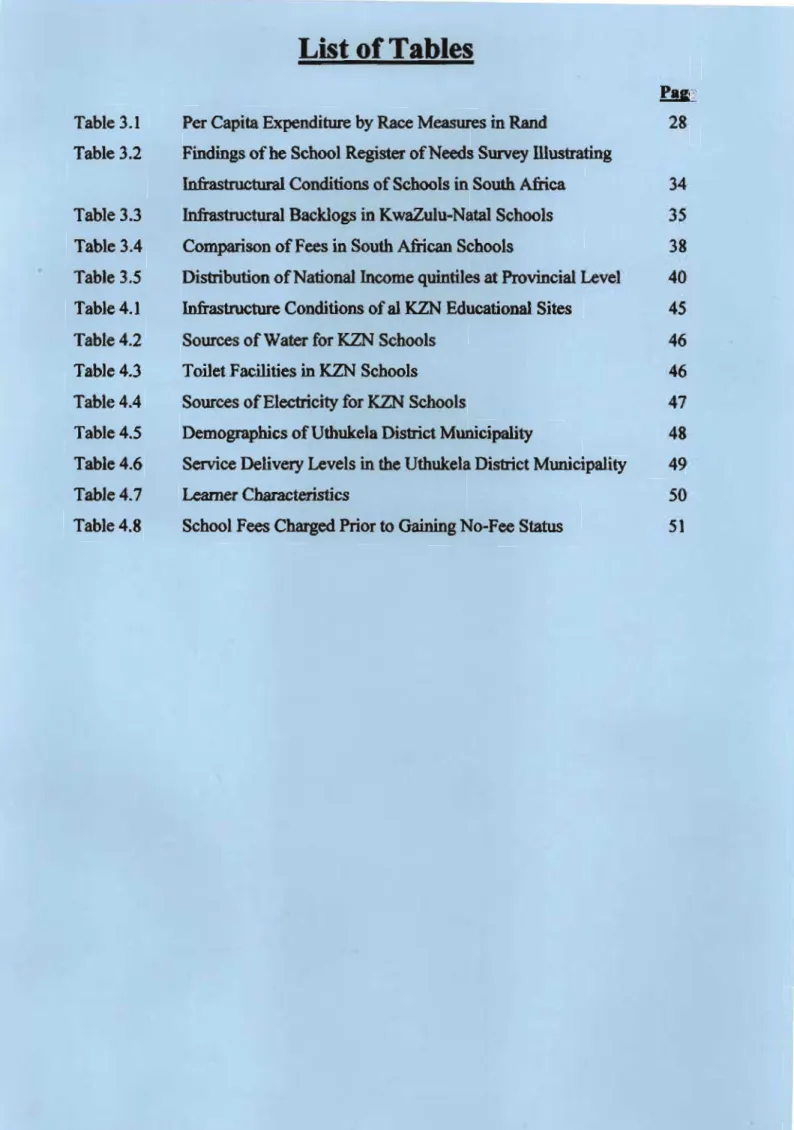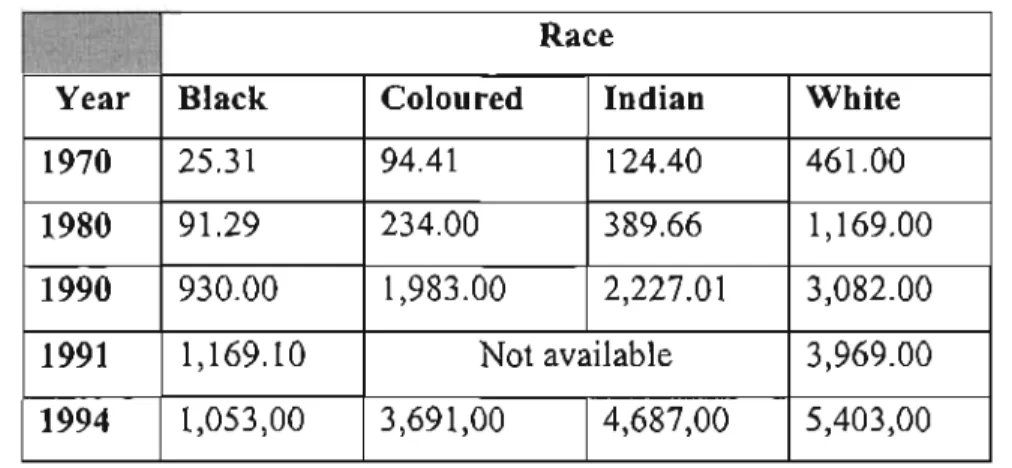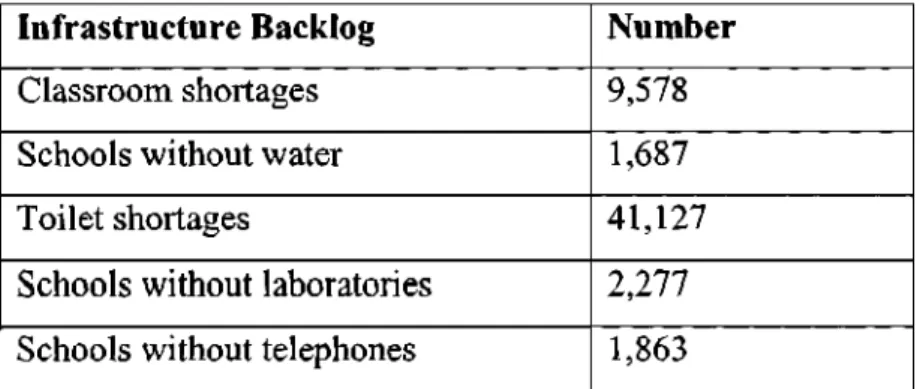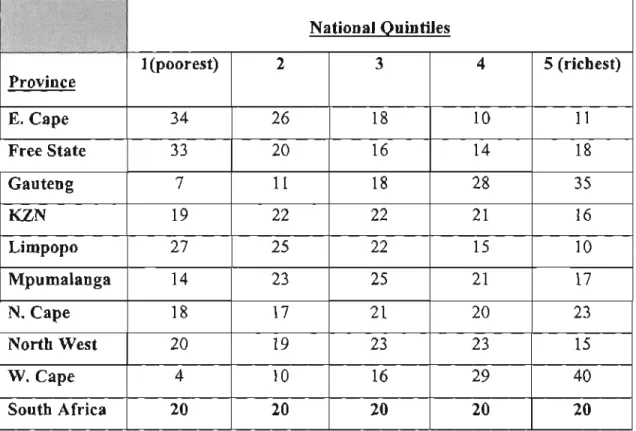The broad research problem of the study concerns the difficulties experienced in the implementation of the school tax policy. The free school policy is analyzed in relation to the wider education policy context in South Africa.
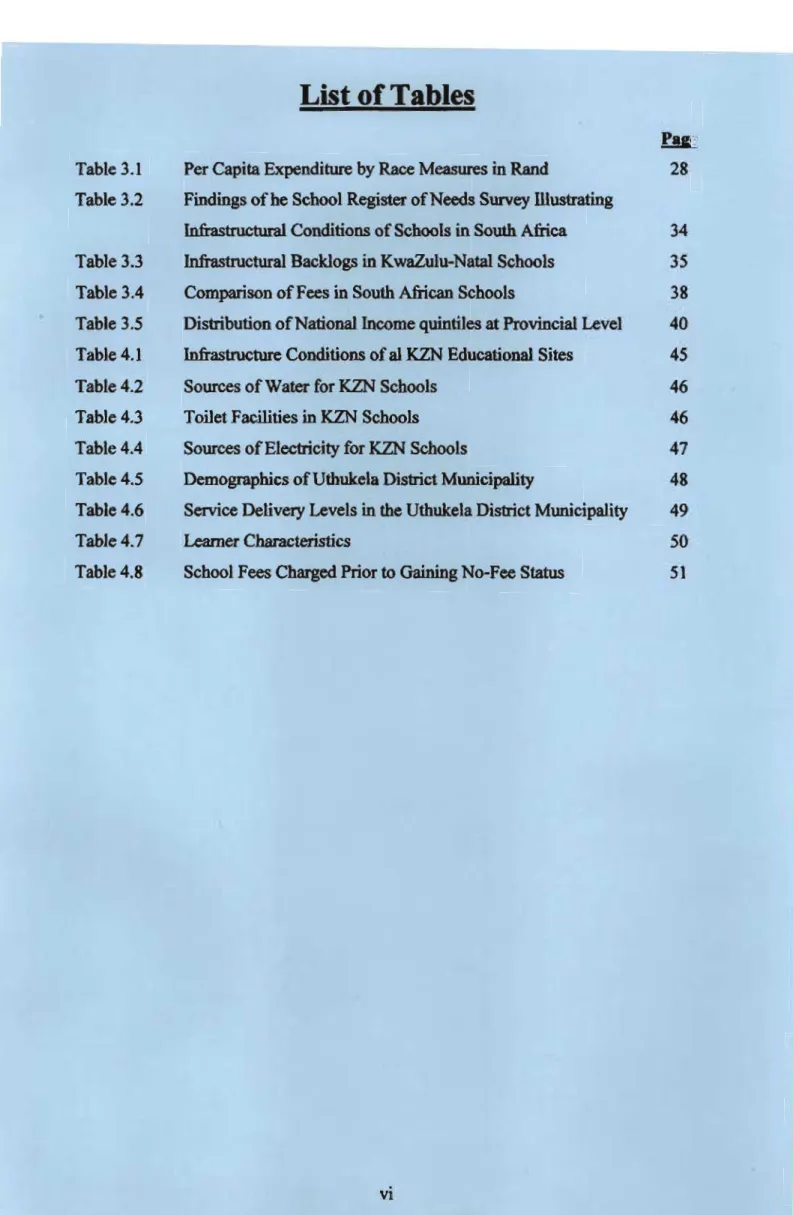
Research Methodology
In this research, all five respondents agreed to participate in the research, and we will interview them individually. This chapter includes a discussion of the legislation relating to the free schools policy.
Public Policy
- Introduction
- Definitions
- Policy Implementation
- Street-level Bureaucrats
- Coping Mechanisms
- Target Participation
- Government Capacity
- Conclusion
These are: (1) identifying the policy problem, (2) setting the agenda, (3) identifying alternative solutions to the problem, (4) choosing the most feasible alternative, (5) implementing that alternative as a policy and (6) evaluating the impact of the policy. Street-level bureaucrats discourage people from demanding the public service by assigning costs to the service (Lipsky, 1980:88). Rubber stamping is another method of controlling the work situation of street-level bureaucrats by saving resources.
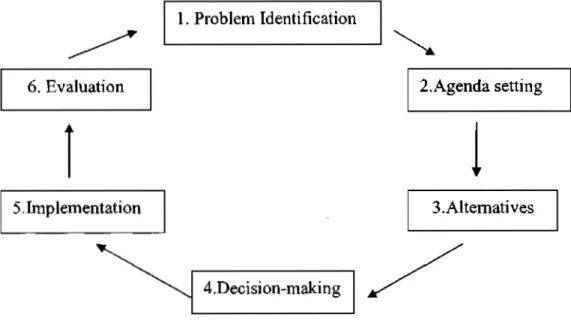
Education Policy in South Africa
Introduction
Education Policy in Apartheid South Africa
This law attempted to reduce the power of missionary schools and thereby keep the level of education for black students at a lower level. By limiting the level or type of education black students received, the government succeeded in keeping black people out of the formal sector of the economy. The organizational structure of the apartheid education system reflected the political ideology of separate development.
To this end, the various houses of the tricameral parliamentary system managed the education of each racial group. The Department of Education and Training managed the schools designated for Black learners in the townships. Schools allocated to Black learners could therefore not afford to spend precious resources on school infrastructure and the maintenance of the existing buildings.
According to Mackenzie, the then Department of Education and Training, which was responsible for the education of black students outside the homelands, was administratively deficient and offered a relatively weak curriculum. Model B schools would remain state schools and could enroll up to 50% black students.
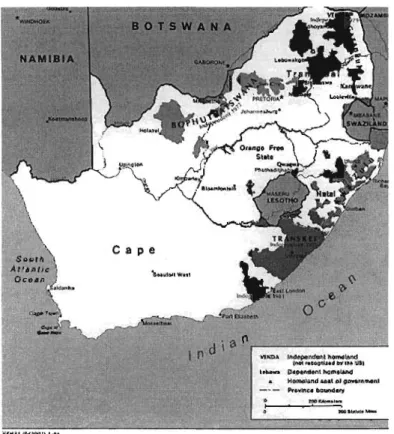
Education in Democratic South Africa: The Legislative Regulatory Framework
However, this voting process was negated in 1992 when the state required all Model B schools to become Model C schools (Roithmayr, 2002:5). cited in Roithmayr, 2002:5) suggest that this process was intended to ensure that the power to govern schools was in the hands of the white community and away from the democratic government led by the black majority. This section can be linked to section 29(1) (a) of the Bill of Rights, which guarantees the right to basic education. In Government of the RSA & Others v Grootboom & Others (2001 (1) SA 46 (CC)) (Grootboom), the court considered whether state actions were deemed to be facilitating access to the right to basic housing.
Another consideration of the court was the relationship between the other relevant sections contained in the Bill of Rights. This means that the right does not depend on the available resources of the state, nor does it depend on reasonable progressive legislation. The unconditional nature of the right to basic education indicates the notion that the right has a higher status than other socio-economic rights (Veriava, 2005:7).
The main purpose of the Act is to provide a uniform system for organizing, managing and financing all schools in South Africa. To determine the school's extramural curriculum and the choice of subject options in relation to the province's curriculum policy;.
Infrastructure
Van der Berg argues that the impact of infrastructure accumulation is evident in the large educational differences between those students who attended schools previously reserved for white students and those who attended schools reserved for students of color.
Funding in Education
Unequal school performance can be correlated with racial composition of schools and the fees charged at schools. Fiske & Ladd (2003) argue that the reason for allowing school fees in democratic South Africa was that the ANC-led government realized that public funds were insufficient to standardize funding for education to the level needed. The first piece of legislation to deal with funding in education was the White Paper on Education: Organisation, Management and Funding of Schools (1996).
The aim of this White Paper was to ensure that all schools operate in a financially sustainable manner. The White Paper stated that the distribution of resources should help those schools in poor and rural areas. The funding of schools is now regulated by Chapter 4 of SASW, the White Paper on Education: Organisation, Management and Funding of Schools (1996) and the National Norms and Standards for School Fw«Jmg_(1998) (hereafter referred to as the Norms and Standards ).
SAŠU determines the powers of the state, school management body and parents for financing schools. Norms and standards stipulate that 60% of education expenditure must go to the 40% of the poorest schools in each province.
Legislative Reforms: Fee Exemptions and the No-fee Schools Policy
To address this, the Department of Education (DoE) issued a School Fee Waiver Policy, namely the Exemption of Parents from Payment of School Fees (2006), which established a means test for granting partial and full exemptions to parents who cannot afford school. reimbursements. Parents receive a full exemption from paying school fees if the joint income is less than 10% of the school fees per student. If the joint income is between 10% and 30% of the school fees, parents can receive a partial exemption from school fees.
Roithmayr (cited in Veriava, 2005:14) states that one of the reasons for the failure of the exemption policy was that many parents who qualified for the exemption did not apply for it because the application procedure was complicated and time-consuming. This plan involved facilitating access to school, including through the standardization of the costs of books and uniforms. The second criterion is the wealth of the community in which the school is located.
77*e The Minister [of Education] shall annually determine, by notice in the Government Gazette, the national quintile for public schools or part of such quintiles, to be used by the member of the Executive Council to identify schools which are not may charge school fees. This policy follows the review of school fees by the National Department of Education in 2003, which raised the issue of parents' inability to pay school fees (Department of Education, 2006). The purpose of this policy is to provide financial assistance to parents of school-age children. children who cannot pay school fees, thus being denied access to schools.
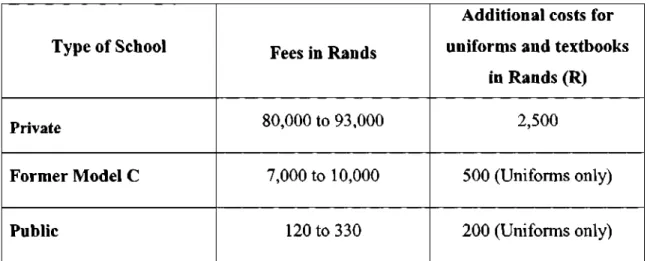
Conclusion
In free schools, the Department of Education will increase per capita spending from approximately R527 to R703. These developments and related policy decisions are regularly referred to as the free schools policy. In implementing the policy of free schools, DSH tried to facilitate access to education by eliminating the fee barrier.
In this way, the policy would act as a poverty alleviation mechanism and make education accessible to the poor. However, the problems surrounding the implementation of the free schools policy have been exposed by newspaper articles such as an article in the Mail and Guardian (13 May 2007) which reported that head teachers had been forced to cut back on basic services such as security. and an audit of school finances, because free schools now have less income than before, when fees were charged. As a result of lagging state funding, some free schools charge students administration fees to cover running costs.
The Weekend Post (20 January 2007) states that a negative side effect of the free policy is that parents who can afford to send their children to free schools. The aim of the next chapter is to examine the free schools policy in four KZN free schools to examine how the policy is implemented.
Case Study
- Introduction
- Education in KwaZulu-Natal
- The Uthukela District Municipality
- Data obtained from Interviews
- Conclusion
A Senior Education Manager (SEM) of the DoE in the Uthukela district was also interviewed to gain insight into the DoE's position on the implementation of the school policy without fees. The implementation of no-fee schools policy is one of the policies that the SEM monitors. The table below shows the fees charged before the implementation of the no-fee schools policy.
It was found that before the introduction of the free school policy, all four schools had problems paying school fees. All four principals replied that they informed the parents of the students about the free status of the schools. According to SEM, the reclassification may be due to the poverty index of the communities surrounding the schools.
A negative aspect of the policy was that the schools operated in an uncertain environment. the amount of funding they would receive from the DoE; when the money would be received; And. Principals were asked what they considered the strengths and weaknesses of the free school policy. The SEM stated that many problems arise from a lack of understanding of the policy among schools.
Opinions about the no-fee schools policy leaned towards the negative side despite the fact that all the principals said the policy had good intentions.
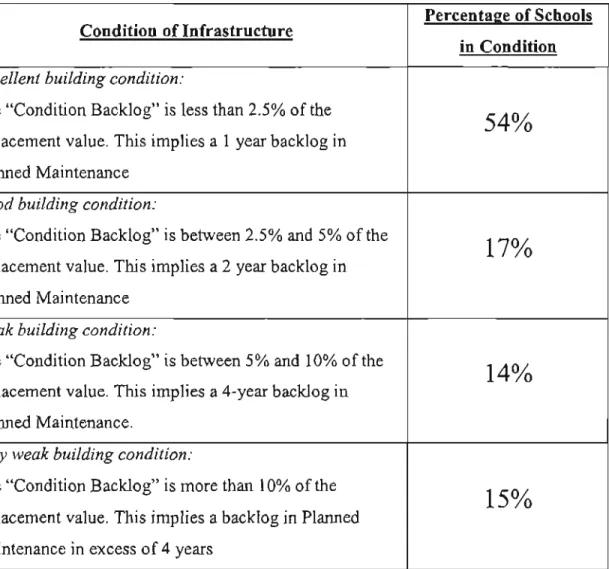
Analysis and Conclusion
- Introduction
- The Lack of Funds to Carry Out Tasks
- The Lack of Capacity to Carry Out Policy Aspirations
- Numerous Ambitious Goals
- Length of the Causal Chain
- Coping Mechanisms
- Monitoring and Evaluation by Department of Education
- Conclusion
This is counterintuitive since one of the reasons for the promulgation of the free schools policy is that parents are too poor to afford school. Expecting no-fee schools to supplement their DoE funding goes against the grain of the policy. The principals' understanding is in line with the aspirations of the school-free school policy.
However, by calling the contribution "voluntary", principals are psychologically redefining the goals of the policy. Monitoring and evaluation by the Ministry of Education would include regular visits to free schools to determine how the schools are performing. The Ministry of Education needs to understand the processes involved in implementing the free schools policy.
This form of evaluation should be aimed at improving the ongoing processes involved in the implementation of the no-. Asking parents to make “voluntary contributions” and pay for school trips defeats the purpose of the free school policy, which is to provide poor students with a free education.
Interview Schedule: Principals
Interview Schedule: SEM
Bibliography
34; New models of school management in South Africa: license for change or loophole for separatism". KwaZulu-Natal Education MEC Ina Cronje on the 2006 "No Fee" schools, bursaries and ministerial awards. Media release on No-fee schools: Department of Education, KZN [Online], ^-ww.kzneducation.gov.za )06.pdf (accessed.
